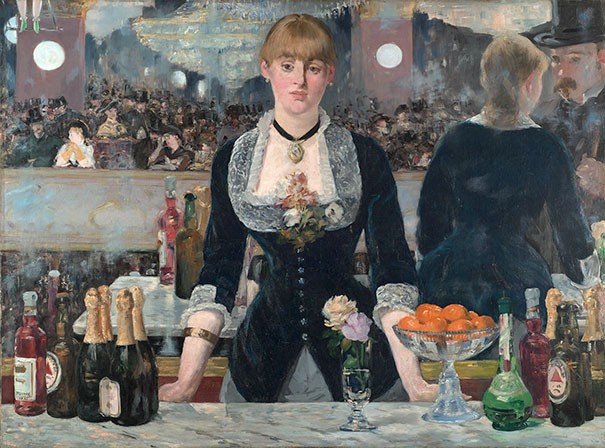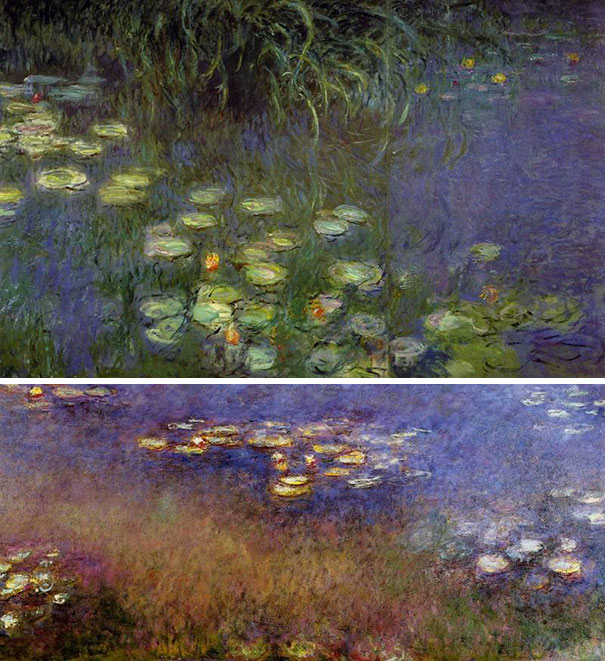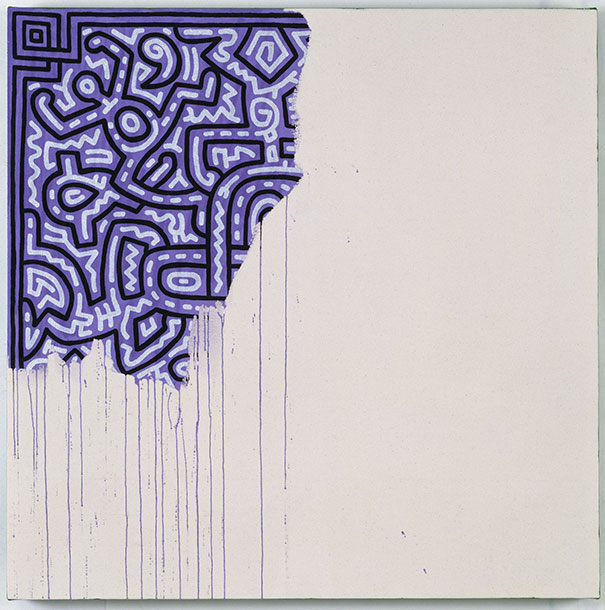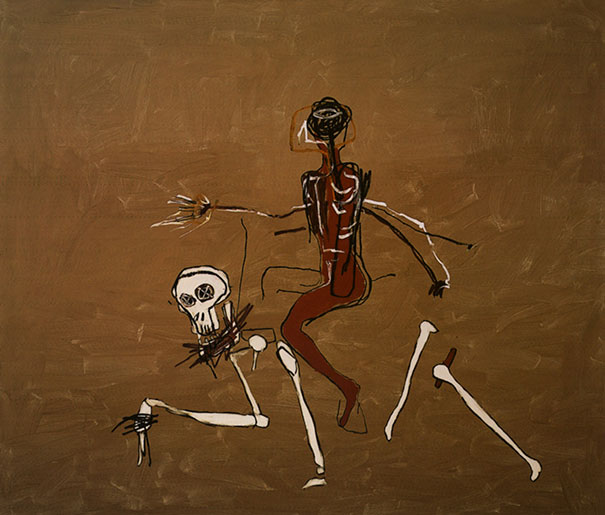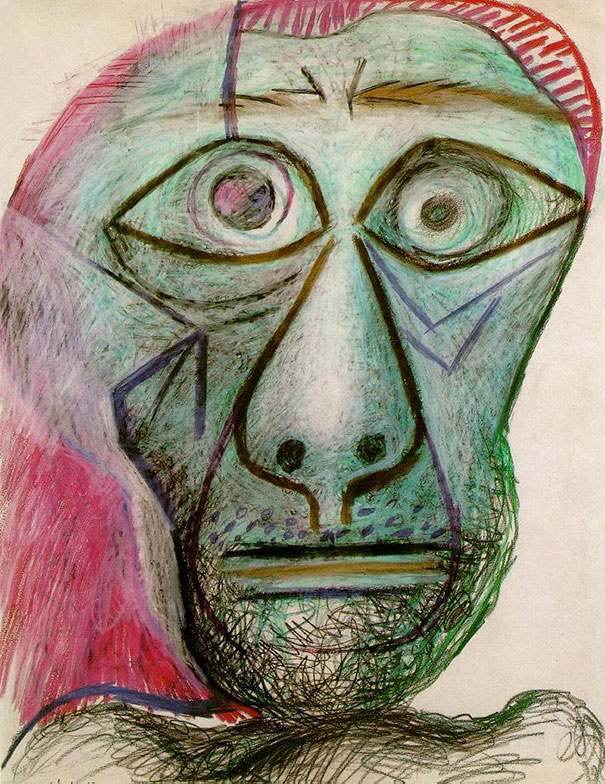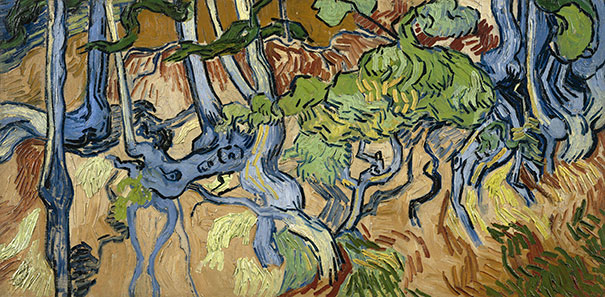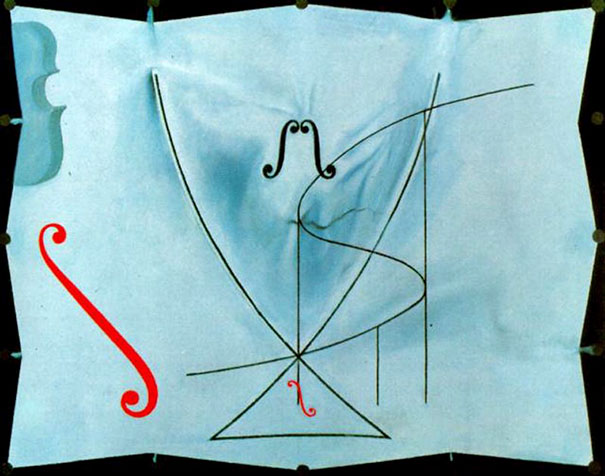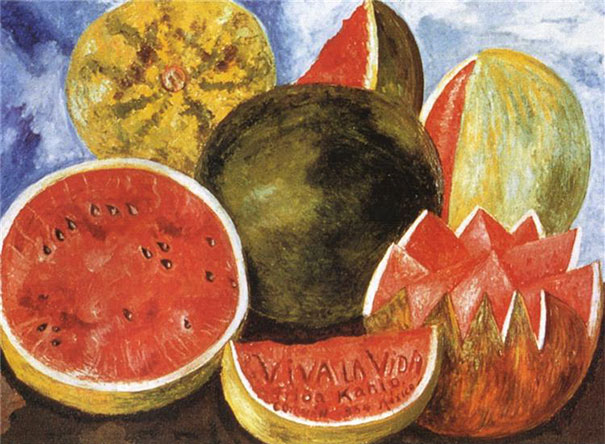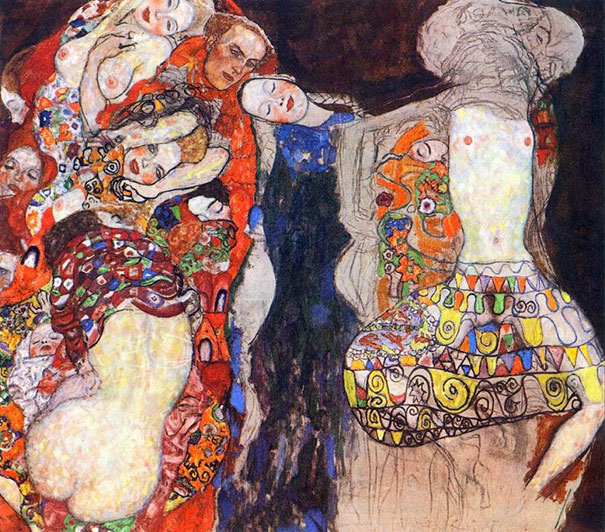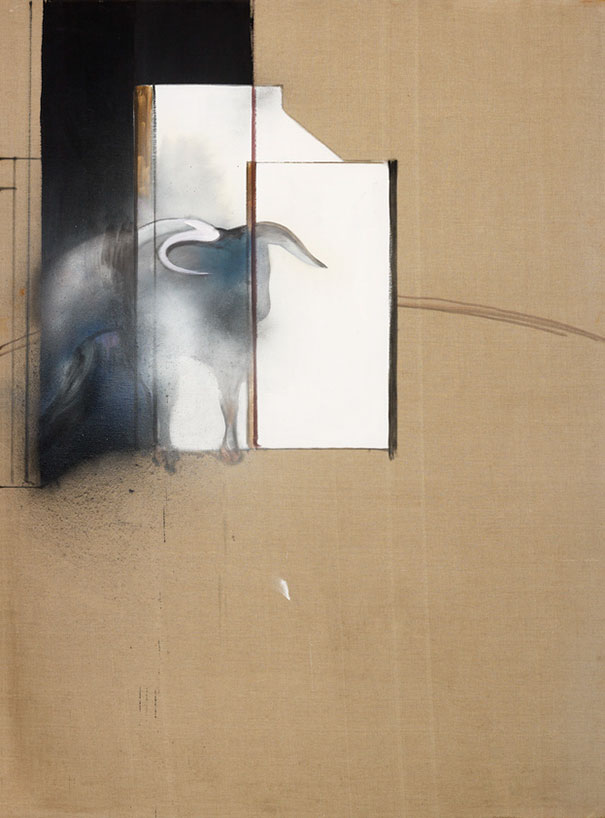Ever wondered what the last artworks of some of history’s greatest artists looked like? Well if so then you’re in luck because we’ve collected thirty-seven final masterpieces from some of the world’s most well-known artists. The list includes work from contemporary artists like Picasso and Matisse to classical masters including Caravaggio and Rafael.
Every last painting of a famous artist tells a story, and you may be asked to tell this story in the form of a creative or argumentative paper for your art class in school. If looking for meaning in every artwork right now seems like too much work, you need to delegate your art essays to experts, working at a professional writing service, such as WriteMyPaperHub. Do what thousands of students worldwide do when in writing turmoil — pay someone to write your essay and focus on something more important for you now.
Claude Monet: Water Lilies Murals (1926)
The Grandes Décorations (1920/26) are a collection or murals that comprise Claude Monet’s last works. They depict his beloved water lilies and he painted them when both his eyesight and health were failing. As his sight worsened due to cataracts, his works turned from fresh, bright colours to blurred visions of heavy browns and reds. He wrote letters to friends, how colors were getting dull, and it was hard to tell them apart, and how he had to label tubes of paint. Monet specified that when he died he wanted to be buried like “a local man,” adding ““Above all, remember I want neither flowers nor wreaths. Those are vain honors.
Keith Haring: Unfinished Painting (1990)
Keith Allen Haring was an American artist and social activist whose work expressed concepts of birth, death, sexuality, and war. His work was often political, and his style is highly distinctive. One of his last works was finished shortly before the artist died from AIDS-related complications in 1990. The painting serves as a poignant statement about a life cut short at the age of thirty-one.
Jean-Michel Basquiat: Riding With Death (1988)
Whether or not Riding With Death (1988) is Jean-Michel Basquiat’s final painting is still up for debate. The work certainly has a morbid quality about it that evokes a sense of an ending, and Basquiat painted it shortly before his own death from a heroin overdose in 1988.
Pablo Picasso’s Last Self-Portrait (1972)
Picasso’s last well-known self portrait is called, somewhat aptly, Self Portrait Facing Death. He drew it with crayon on paper in 1972, less than a year before his death. Picasso worked right up until the day he died, aged 91, painting until 3am on Sunday, April 8th, just hours before he passed away.
Vincent Van Gogh: Tree Roots (1890)
Wheatfield With Crows (1890) is often considered to be Vincent van Gogh’s last work, perhaps because the ominous setting was in fact the place he chose in real life for his final, successful suicide attempt. It is however more likely that his final work was Tree Roots, painted in Auvers-sur-Oise, France, shortly after he left an asylum in Saint-Rémy.
Salvador Dali: The Swallow’s Tail (1983)
Salvador Dali completed his last painting in the spring of 1983. The work is titled Swallows Tail and is the last in a series of paintings he did based on Catastrophe Theory, originated by the French mathematician Rene Thom in the 1960s. Catastrophe theory is a brand of mathematics that studies how small changes in circumstances can lead to sudden shifts in behavior. The painting was Dali’s attempt to represent his understanding of this mathematical theory. Salvador Dali died in 1989, aged 84.
Frida Kahlo: Viva La Vida, Watermelons (1954)
VIVA LA VIDA is Mexican artist Frida Kahlo’s last work. She completed it eight days before she died on July 13, 1954, aged 47. The painting is a still life with watermelons, a fruit that is a popular symbol in the Mexican day of the dead (Dia de los Muertos). Watermelons are also a frequent feature in Mexican art. Viva La Vida means “long live life” in Spanish.
Gustav Klimt: The Bride (1918)
Gustav Klimt never finished his last painting, titled The Bride (1917/1918), but this uncompleted work gives us a fascinating insight into the artist’s technique as well as his inner desires. The painting depicts naked women, because Klimt died before he could dress them, but the fact that he first painted his subjects naked before dressing them in clothes reveals the sexual obsession that lay beneath the surface of Klimt’s works.
Edouard Manet: A Bar At The Folies-Bergère (1882)
Édouard Manet (1832 – 1883) was a French painter. He was one of the first 19th-century artists to paint modern life, and a central figure in the transition from Realism to Impressionism. His last painting was A Bar at the Folies-Bergère (Un bar aux Folies Bergère), which was completed in 1882, just a year before he died after having his foot amputated due to gangrene. It originally belonged to the composer Emmanuel Chabrier, who was Manet’s neighbor, and hung over his piano.
Francis Bacon: Study Of A Bull (1991)
Study of a Bull was completed in 1991 just months before the artist, Francis Bacon, died as a result of chronic asthma. Having spent its life in a very private collection in London, the painting has never been seen publicly. It was discovered when an art historian named Martin Harrison was researching Bacon’s work for the publication of the Francis Bacon Catalogue Raisonné. Harrison maintains that Bacon knew that he was close to death when he was working on this particular piece. “Bacon is ready to sign off … he was so ill… He knew exactly what he was doing here,” he said.






